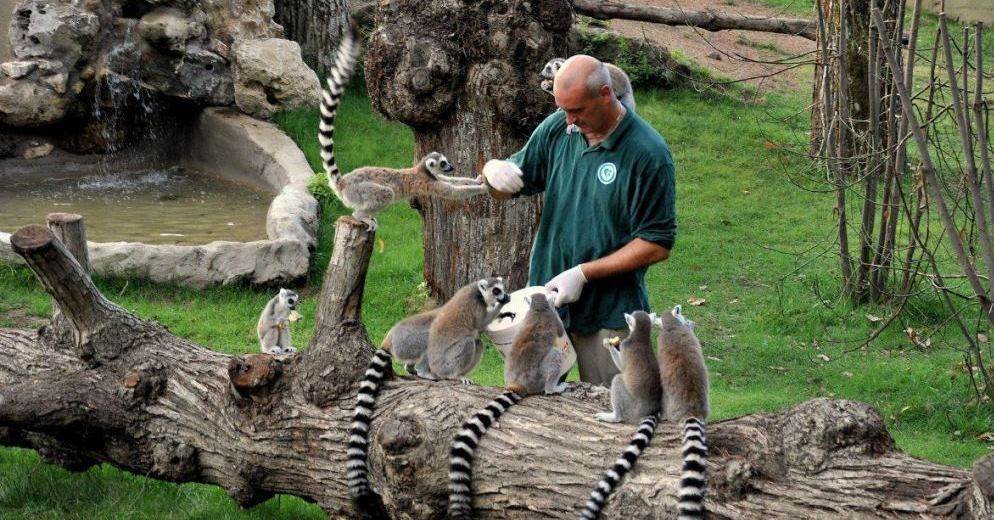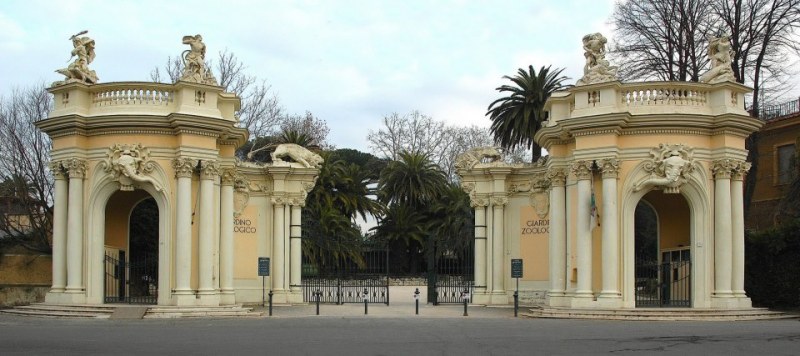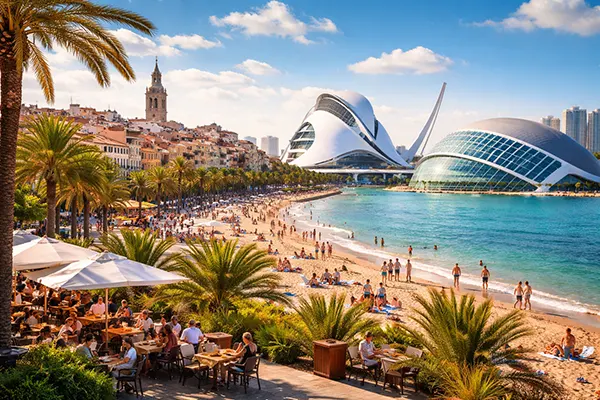
Rome Zoo
The parks, gardens, and zoos in Rome are popular just like its art and architecture. The capital city of Italy, Rome is host to number of parks and gardens for recreation of the locals and tourists alike. Rome Zoo is one such attraction of the city that makes the day of thousands of visitors especially kids.
About Rome Zoo
Rome Zoo, also called Giardibno Zoologico is popular with the name of Bioparco Spa in Italy. This is one of the oldest and prominent in the country in terms of the number of animals kept. The zoo has eventually turned into a conservation center for large variety of flora and fauna.
History of Rome Zoo
The Rome Zoo or Bioparco Spa is a zoological garden built in 1908 and opened on January 5, 1911. It covers an area of 12 hectares and located north of the Villa Borghese estate in Rome. Since its inception, the zoo became a host to various animal species brought from other parks of the country. Designed by Carl hagenbeack, a famous animal trainer, the zoo resembles the one in Hamburg Stellingen.
The main goal of the park was to provide entertainment and recreation to the children. It is break for the adults from the architectural attractions in Rome as well. While the other zoos in the city focused on scientific criteria and breeding, The Bioparco drew more tourists for its exclusive animal exhibits open to the public. The park had several expansions and redesigns over the years. The park was extended until the nearby red deer park in 1926. In 1933 again, architect Raffaele DE Vico planned the expansion of the zoo to add new areas and segments. The two main attractions of Rome Zoo new areas are the Great Aviary and Reptile House opened to public in 1935.
The decision to turn the zoo in a biopark or bioparco was made in 1994. In 1998, the Biaparco S.p.A came into existence with 51 per cent financial assistance from the city of Rome authorities and 39 per cent from Costa Edutainment, a private agency.

Rome Zoo attractions
After 1998, the zoo became popular as a conservation center for endangered species as well as several plants. The biodiversity of the place attracted several tourists visiting Rome. The zoo presently houses around 114 animals from 222 species. The animals are kept in different segments of the park. The animal and plant exhibits form the most important attractions of Biparco.
Rome Zoo sections
This zoo in Rome is divided into several sections. Visit the below given enclosures to make a complete tour of the Bioparco.
- Bear Valley
- Reptile
- The house of the giraffe
- The village of Chimpanzees
- The Oasis Lakethe children’s farm
- Area Asiatic Lion
- The Ark of Storage
- The great Aviary
Botanical collections at Rome Zoo
Plant species were added to the park after it turned into a biopark in 1998. Today, there is an exclusive collection of plants and shrubs in the gardens of the park. The garden in the zoo is rich with collection of various plants from in and out of Italy. The most highlighted collection is that of Mediterranean and other tropical species. In every season, there is large variety of plants added to the existing garden and this makes it even more interesting for visitors. The background of the zoo remains attractive with the lush green garden landscape with rows of plants. It also helps improve the natural surrounding of the animal enclosures at the Rome Zoo.




